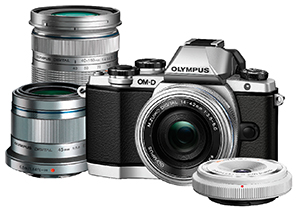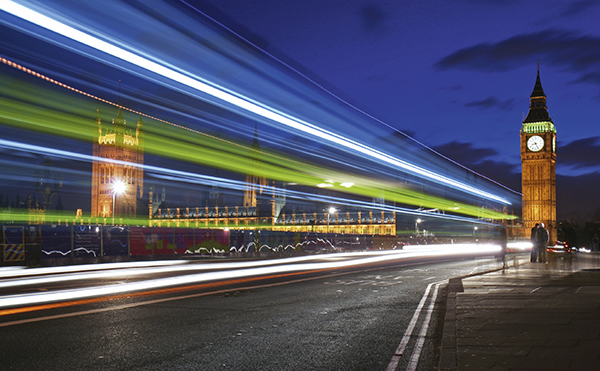APOY 2014 Round 3 – World in Motion
Please visit the APOY 2014 home page to find all the rules for entry, terms and conditions, the APOY ENTRY EMAIL ADDRESS, Entry Form (for postal entries), and the disclaimers that must be copied and pasted into an email entry.
Entries must be received by 5pm (UK time) on 30 May 2014
With the opening two rounds of APOY looking at street and
animal photography, we now turn our attention to World in Motion, so you can
show off your most breathtaking action image.
With fast burst modes and sophisticated AF systems appearing
on the most affordable DSLR or compact system camera, you don’t need the most
advanced kit to get a stunning action shot.
 Photo by Mark Pain
Photo by Mark Pain
Sport will naturally spring to mind as the perfect subject
matter for this challenge, but don’t think you need exclusive press
accreditation to some of sport’s top-flight arenas and games to capture a great
shot. Grass-roots games and amateur events can still produce fantastic photo
opportunities, and you can apply the same principles and techniques that are
used at major sporting events to these more accessible environments.
However, you’re not just restricted to sporting events, so
look further afield for inspiration. And while shooting with a fast shutter
speed to capture the action lends itself to this subject, don’t be afraid to
consider using a slower shutter speed to illustrate the movement. Just show us
something with bags of impact that captures the drama of the event.
How to enter
Please visit the APOY 2014 home page for information explaining how to enter. Please use your full name as the file name and paste
the disclaimer into the body of your email if you are sending your entry to us
electronically. We also need to know where and how you took your image, plus
the camera and lens used with aperture and focal-length details. Remember to
include a telephone number and your postal address so we can contact you if you
win.
 First Prize
First Prize
The first-prize winner will receive an Olympus OM-D E-M10 with a 14-42mm EZ Pancake zoom, a 45mm f/1.8 portrait lens, a 40-150mm zoom, a 9mm fisheye lens, a macro adapter and a street case in which to carry it all. That’s a total retail price of £1,200. The E-M10 has a 16.1-million-pixel, four thirds-sized CMOS sensor and a TruePic VII image processing system.
The 1.44-million-dot EVF displays a 100% field of view and has a 120fps refresh rate. The 14-42mm EZ Pancake zoom lens is the most compact pancake lens and has a maximum shooting magnification equivalent of 0.45x in the 35mm format. The 45mm f/1.8 portrait optic is ideal for low-light portrait work without flash. The 40-150mm zoom has high-speed AF and MSC technology, and the 9mm fisheye lens is ideal for capturing wide angle scenes.
 Second Prize
Second Prize
The second-prize winner will receive an Olympus PEN E-PL5 camera plus a 14-42mm and 40-150mm twin-lens zoom kit worth £500.
The E-PL5 offers serious image quality with its powerful 16.1-million-pixel sensor and a new OM-D component in the TruePic VI image processor. The camera has lightning-fast autofocus, a touch-sensitive LCD screen and full HD video.

Third Prize
The third-prize winner will receive an Olympus Stylus SP-100EE Ultra Zoom camera, with an impressive 16-million-pixel sensor and 3in LCD screen. The camera includes a handy autofocus lock so you need never lose a shot due to fuzzy focusing.
The camera also features a 50x optical Ultra Zoom lens with a focal length ranging from 24mm to 1,200mm, and built-in Dot Sight to make it easier to focus precisely on distant subjects.
Top sports photographer Mark Pain has some suggestions to help you get started shotting stunning action images
Why not try…
 Photo by Mark Pain
Photo by Mark Pain
Capturing the Moment
Sport is one of the most exciting and thrilling forms of
photography. With often fast and action-packed subjects, it requires both high
levels of concentration and great reactions. It’s all about capturing the
moment – that crunching tackle, that beautiful jump or that dead-heat finish.
Yet it’s not something you can achieve simply by turning up to a local football
match and hoping for the best.
Preparation
Well-researched preparation plays a huge part in coming away
with a special image – ‘that moment’. Once you’ve chosen your sport and the
fixture you want to photograph, it’s vital to do a proper recce of the location
beforehand, preferably hours or days before. Great sports pictures are rarely
taken by chance – they’re more often down to meticulous planning and
preparation.
When you go on your recce, you need to work out the basics
of the shoot so you’re fully prepared when the action starts. This will
maximise your chance of coming away with a special image. Ask yourself: What
focal-length lens will work best? Where is the best place to shoot from? Will I
be able to access that spot during the event?
Take a good look at the backgrounds you are likely to face.
A great sports picture normally requires a plain, clean background. This will
make your subject stand out even more for the viewer, giving the image more
impact. A busy or messy background can ruin even the best sports picture, so
this really is a crucial aspect. Bad decisions made at this stage can
completely ruin your day and leave you with a set of poor images.
Sometimes it’s not possible to do a recce days before an
event, or a venue can change its layout at the last minute. The golden rule is
to get to the event as early as you can to give yourself the maximum amount of
time to make the right decisions so you can capture that special image.
 Photo by Mark Pain
Photo by Mark Pain
Know your Camera
You must be comfortable with your camera and its controls.
You may need to change crucial settings on the camera, such as shutter speeds
and apertures, very quickly when shooting sport, so practise at home before you
head out. You should be able to change often-used settings on the camera
without taking your eye away from the viewfinder.
Understand the Sport
If you’re shooting sport, it should ideally be something
you’re familiar with so you have a good idea of the rules, patterns of play and
so on. If you’re not familiar with it or you’ve never tried to shoot that
particular sport before, take some time at the beginning of the game or event
to stand back and watch what’s happening. Look for the shapes the players are
making or the take-off point of the athlete or horse, and decide on the exact
moment you’d like to capture. Don’t start shooting straight away. Instead, step
back and get a good look of what’s going on in front of you.
 Photo by istock
Photo by istock
Other Subjects
However, you don’t have to shoot any sport at all as you can
capture movement elsewhere. This can be anything, from a slow-sync flash shot
of a child on a swing to light trails at night, blurring water or freezing the
moment a balloon full of water is burst. It’s up to you to be as creative as
you want when it comes to the World in Motion.
Please visit the APOY 2014 home page to find all the rules for entry, terms and conditions, the APOY ENTRY EMAIL ADDRESS, Entry Form (for postal entries), and the disclaimers that must be copied and pasted into an email entry.
Entries must be received by 5pm (UK time) on 30 May 2014









